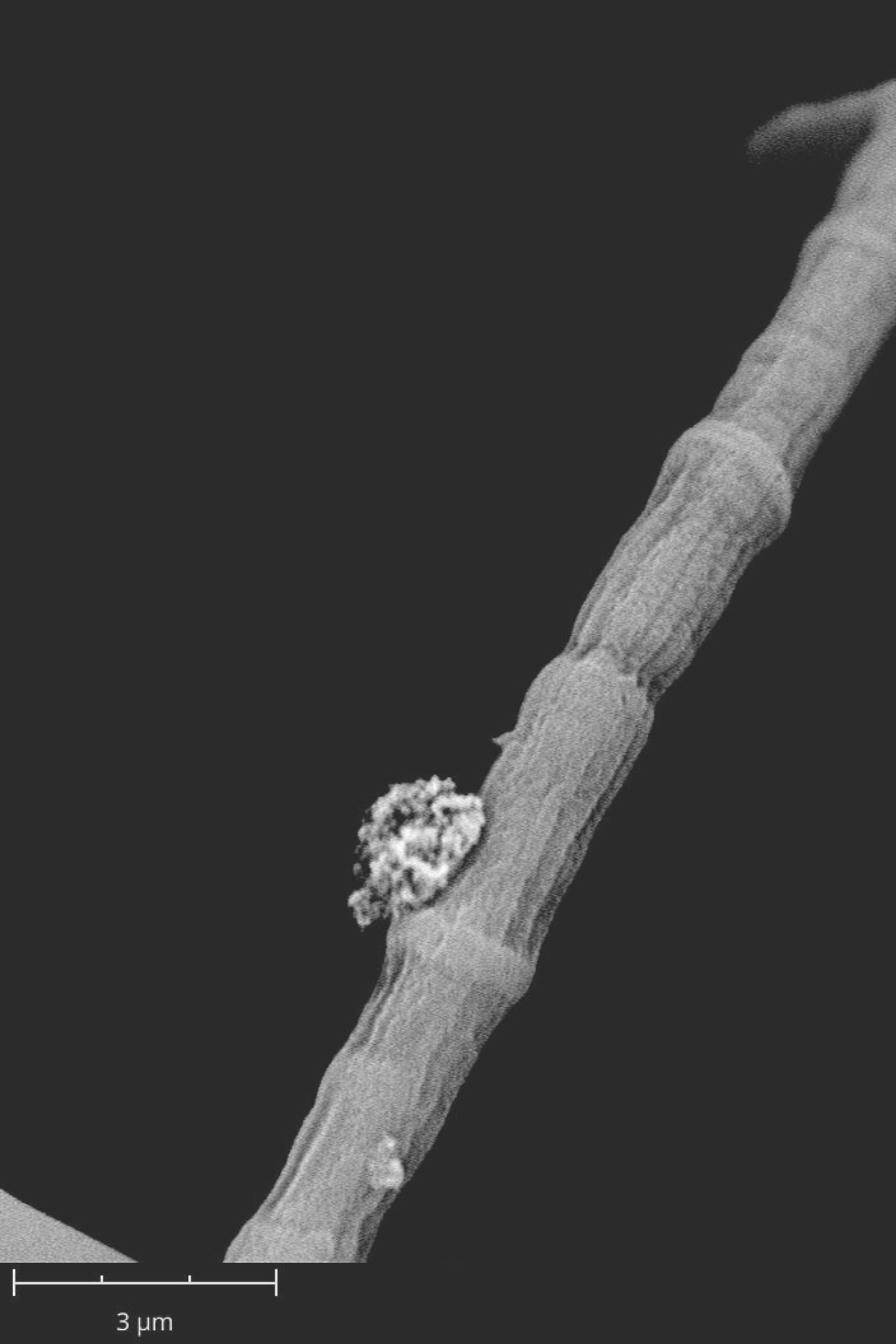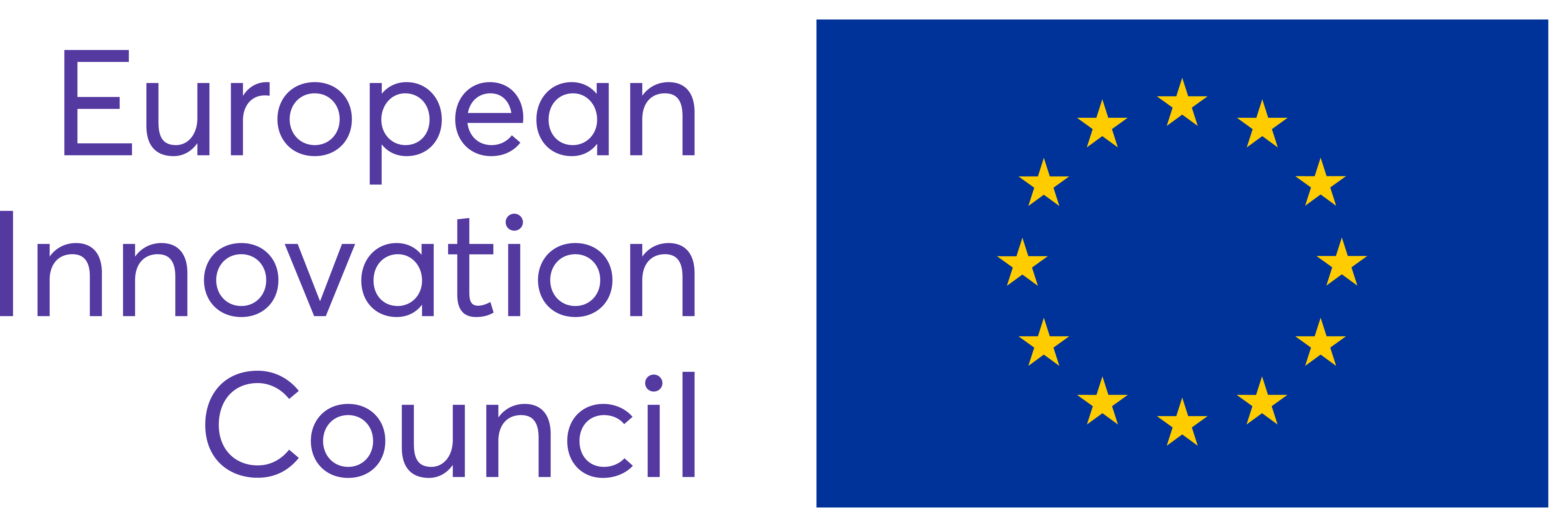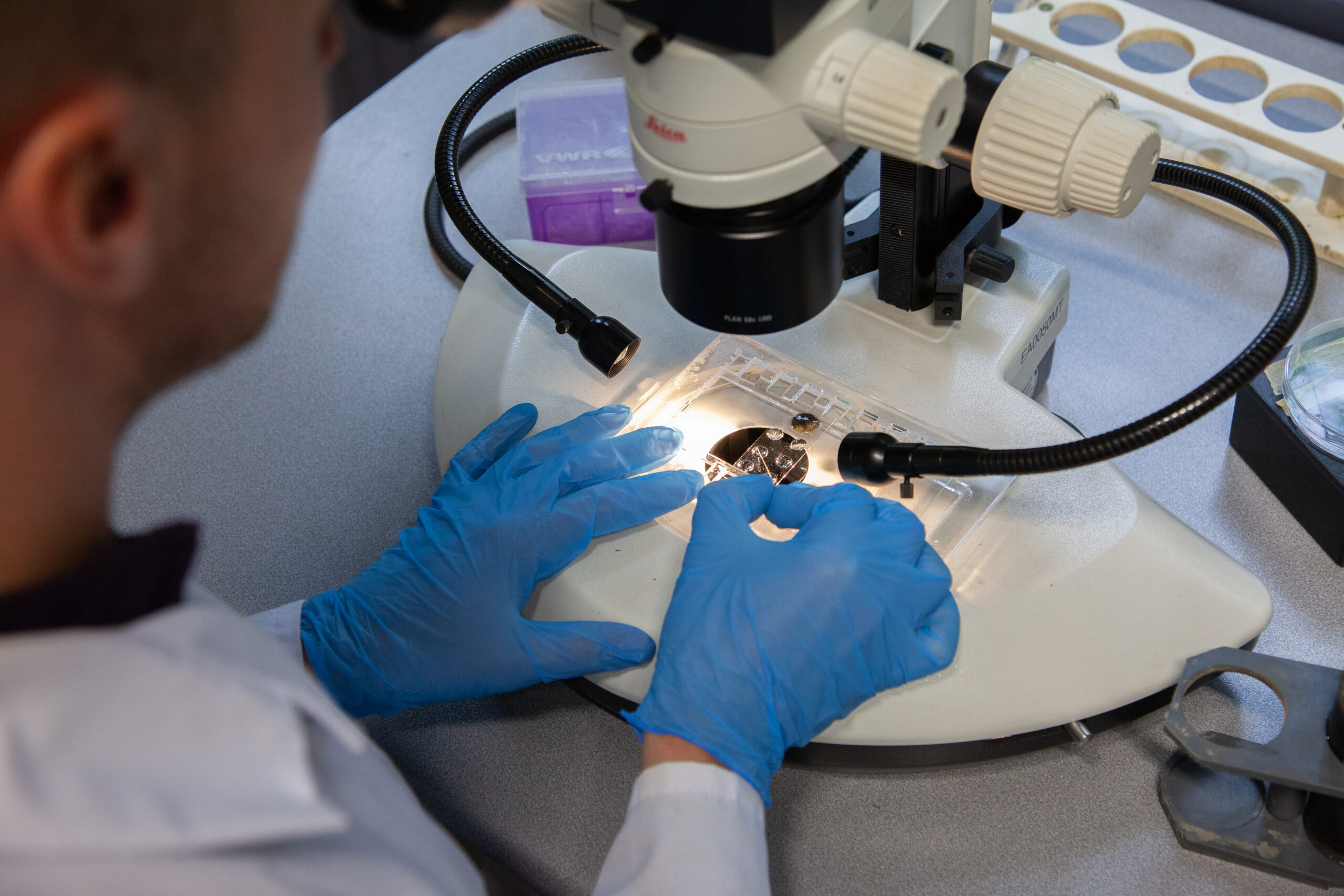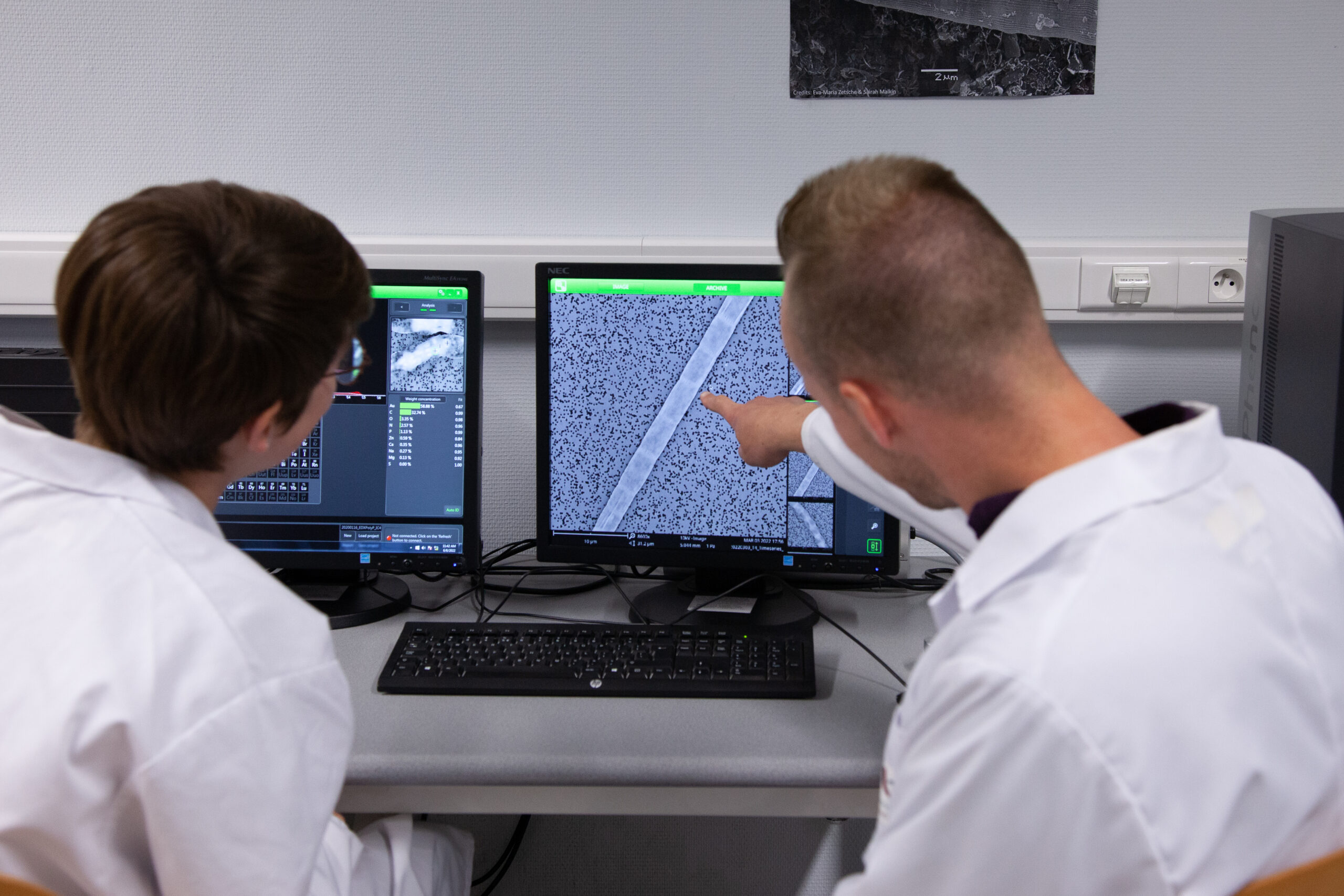The Project
A sustainability challenge
The field of electronics holds an ambiguous position within the ongoing green transition towards a circular economy. On the one hand, electronics play a clear role for a sustainable future: e.g. e-mobility and smart grids are heavily reliant on smart electronic applications. Increased digitalization and connectivity are critical in the transition towards a climate-neutral society.
On the other hand, the “greening” of electronics remains complex and slow. The production and processing of base materials, such as high-grade silicon, metals and plastics, are energy intensive and environmentally invasive. Recycling rates remain low. The problem of electronic waste becomes bigger as the “Internet of Things” grows and the use of portable and wearable devices expands. By 2040, CO2 emissions from production and usage of electronic consumer goods are predicted to reach 14% of total emissions, one-half of today’s global transport.
Achieving sustainability and circularity in electronics is a grand societal challenge. Gradual improvement of current technologies will not enable a timely green transition.
PRiNGLE proposes a radical, innovative solution to help resolve this challenge: we will pioneer electronic technology that is exclusively protein-based.

Bacteria to the rescue
The fundament of PRiNGLE is a recent and surprising discovery in microbiology. Research findings by PRiNGLE consortium members show that marine bacteria produce long protein fibers with exceptionally high conductivity: up to 300 S cm-1.
This conductivity is almost metal-like and the highest of any biological material. The discovery of these high conductivity protein (HCP) fibers creates a rarely encountered opportunity for radically new technology: a material designed by nature that displays extraordinary electronic properties, while also self-assembling into centimeter-long fiber structures.
This discovery enables bio-based conduction over technologically relevant distances. In PRiNGLE we want to realize scalable in vitro production and controlled property tuning of these HCP fibers. We target the development of a broad and versatile class of PROTEONIC materials with suitable conductive, semi-conductive, and insulating properties for electronics.
More information on the cable bacteria and HCP fibers can be found on the website of the Microbial Electricity research of UAntwerp.

PRiNGLE research program
PRiNGLE will give the fundamental and technological basis for PROTEONICS by (1) realizing HCP fiber self-assembly under controlled in vitro conditions, thus allowing scalable recombinant production of conductive protein fibers in “microbial factories”, (2) demonstrating that HCP fibers are performant electronic base materials, ensuring that electronic properties are stable under relevant application conditions (e.g. atmospheric stability of conduction), (3) developing fabrication and patterning technologies to produce electronic components from HCP fibers, and (4) showing that the HCP properties can be tuned through genetic engineering, thus unlocking a new class of electronic materials with functionality that is hitherto unavailable.
PRiNGLE will develop the first ever PROTEONICS circuit in which all electronic components are protein-based (wires, inductors, resistors, insulators, capacitors, transistors). This way, PRiNGLE will provide a convincing proof-of-concept for a fully biobased, CO2-neutral electronic technology where custom-crafted protein structures act as elementary active and passive components in a new generation of biocompatible and biodegradable electronic devices.
The future for HCP fibers
HCP fibers are a promising electronic material with unrivalled properties. PRiNGLE wants to unlock the technological potential of this unique material, thus kickstarting PROTEONICS as an entirely new technological domain. To demonstrate this potential, we will construct an exclusively protein-based electronic circuit.
PRiNGLE brings together a team of excellent and complementary scientists for this science-towards-technology breakthrough. We want to take the conductive fibers out of the natural bacteria and turn the fibers into an electronic base material. We are ready to demonstrate that we (1) can produce HCP fibers under controlled in vitro conditions, (2) keep their electronic functionality, and (3) pattern and process this material into electronic components. PRiNGLE members have already achieved important first steps steps towards this, demonstrating the feasibility of the PRiNGLE approach and underscoring the technological potential of HCP fibers.


PRiNGLE is a four-year international project to design a new class of protein materials with tuned electronic properties, investigate and develop integration of these materials into electronics.
This project receives funding from the European Union’s Horizon Europe EIC PathFinder funding scheme with grant agreement No 101046719.
© 2023 PRINGLE PROJECT | Privacy disclaimer


